Feb 24, 2025
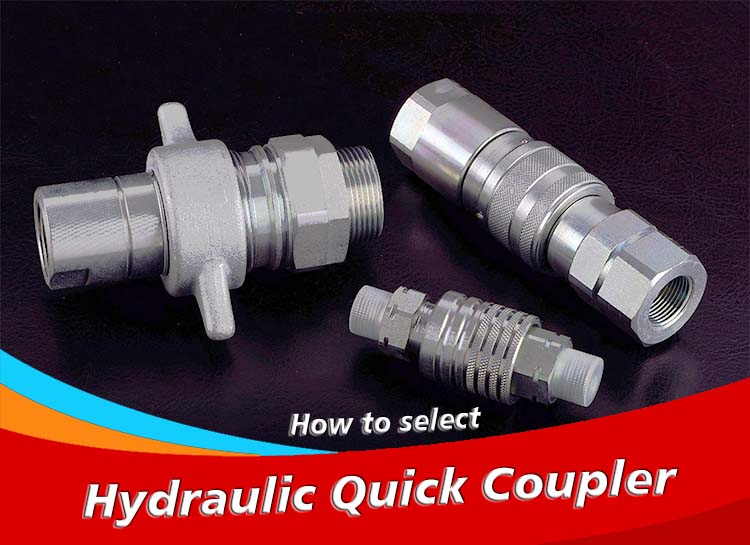
Hydraulic quick couplers are essential components in hydraulic systems, providing an efficient and convenient way to connect pipelines.
The application of hydraulic quick couplers is vast, so the market offers a wide range of models. Choosing the right one can improve system efficiency, extend equipment life, and reduce maintenance costs. Therefore, selecting the appropriate hydraulic quick coupler is crucial
This blog will explain the key parameters of hydraulic quick couplers, aiming to help regular consumers choose the right hydraulic quick coupler for their needs.
Most thread designs follow ISO standards. The ISO standards strictly define dimensions, interface types, performance requirements, and sealing methods. Quick couplers of the same standard are interchangeable. When selecting couplers, it is essential to choose one that matches the standard of the existing couplers.
Common coupler standards include:
◆ ISO7241-1A: A-series couplers are known for their high flow rates and are widely used in agricultural and construction equipment. They are designed to provide efficient fluid transmission and minimal pressure drop.、
◆ ISO7241-1B: These couplers have a more compact design, suitable for applications with limited space. They are typically used in industrial equipment and mobile hydraulic systems.
◆ ISO6028: This standard adopts a flat-face design, which greatly reduces fluid spillage during connection and disconnection. It is ideal for high-pressure fluid hydraulic systems requiring quick connect and disconnect capabilities.
◆ ISO5675: This standard is tailored for hydraulic systems in agricultural equipment, specifically designed for quick coupler solutions in agricultural machinery.
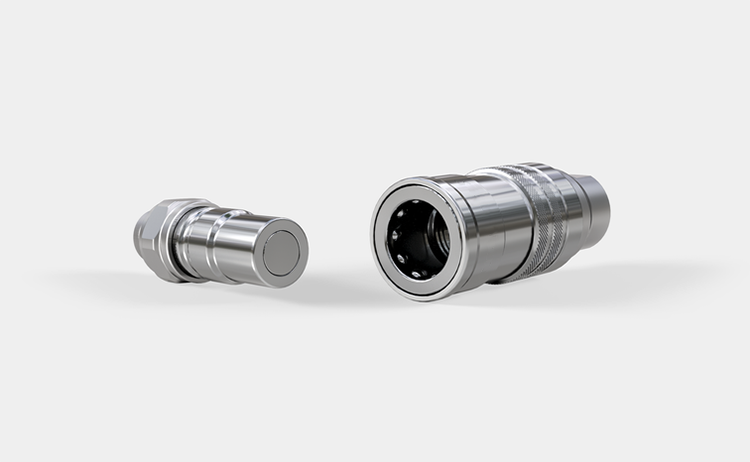
Hydraulic quick couplers consist of a nipple and a coupling, each with one threaded end for connecting to other couplers or equipment. When choosing threaded couplers, first determine whether the threads are internal or external.
Next, identify the required thread type. Common thread types in hydraulic systems include G threads, PT threads, NPT threads, etc. The size of the threads should be determined based on the pipe and other coupler sizes. For more details on pipe threads, refer to What is Pipe Thread? and How to Measure Pipe Thread?
Hydraulic quick couplers are available in various materials, including carbon steel, stainless steel, and brass, each suited for different applications.
◆ Carbon Steel: The most commonly used material for hydraulic quick couplers. It has good machinability, lower cost, excellent mechanical properties, and high pressure resistance, making it suitable for most general environments.
◆ Stainless Steel: Known for its excellent corrosion resistance, stainless steel can withstand acids, bases, and other chemical media. It is ideal for hydraulic systems in corrosive environments such as marine, chemical, pharmaceutical, and food industries.
◆ Brass: Brass offers good corrosion resistance, ease of machining, and relatively low cost, but has lower strength. It is suitable for medium to low-pressure systems and applications where corrosion resistance is needed.
Working pressure is a critical factor when selecting hydraulic quick couplers. The rated pressure of the chosen coupler must exceed the working pressure; otherwise, it may pose significant safety risks to the entire hydraulic system.
When selecting a coupler, first calculate the working pressure of the hydraulic system, and then choose a coupler with a rated pressure that provides a safety margin.
For example: If the hydraulic system's working pressure is 1 MPa, and a safety factor of 1.5 is applied, the rated working pressure of the hydraulic quick coupler should be at least 1.5 MPa.
Additionally, consider the potential for transient high pressure in the system and choose couplers that can withstand these pressures.
Fokca offers a wide variety of hydraulic quick couplers, including various materials and thread specifications. We welcome you to explore our products. Additionally, we have a professional technical team ready to provide comprehensive pre-sales and after-sales services to our customers.For more information, please visit our Product page.
You can also visit our Blog page, where we have prepared a series of images, articles, and videos to help you better understand couplers and pipelines.
You May Interest In
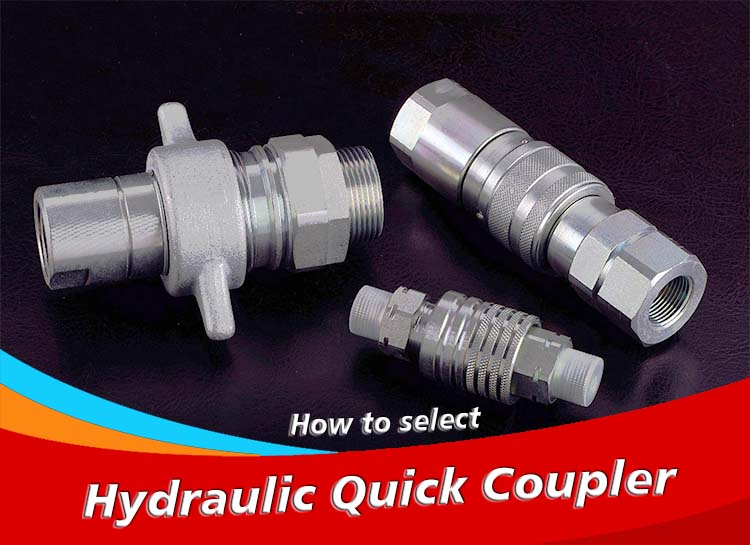
Feb 24, 2025 Blog
How to Identify Hydraulic Quick Couplers?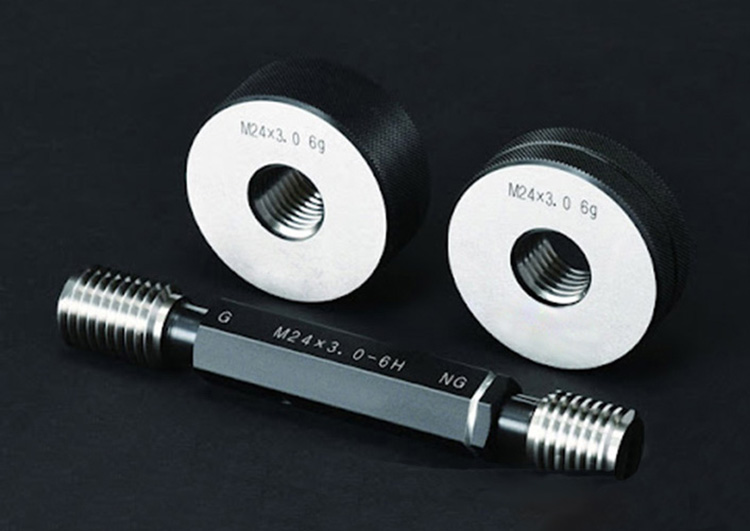
Jan 21, 2025 Blog
How to Measure Pipe Thread?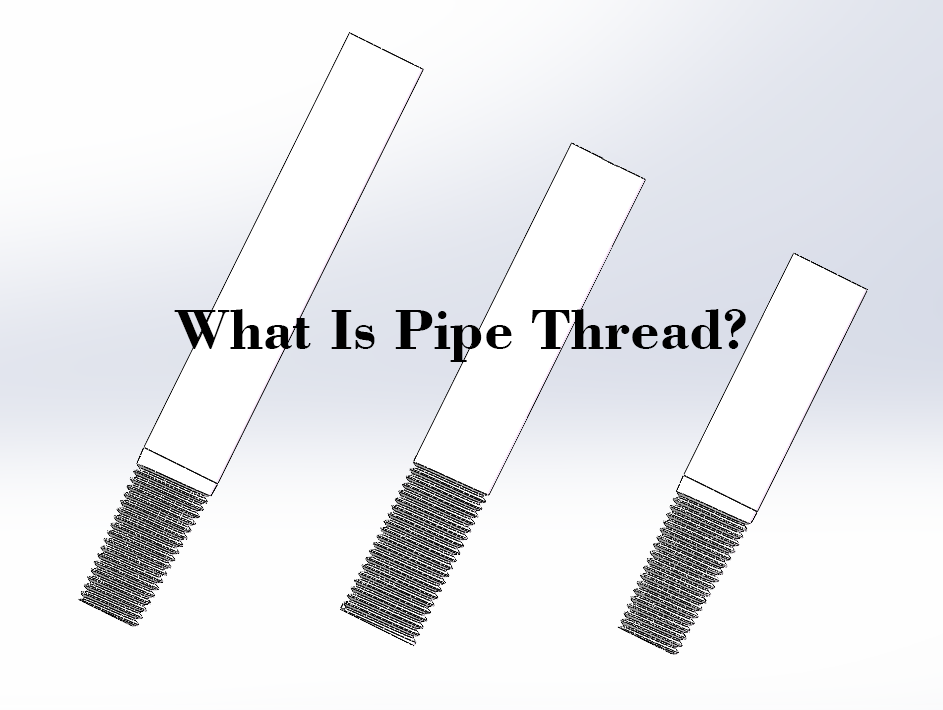
Jan 16, 2025 Blog
What Is Pipe thread?
Dec 04, 2024 Blog
Application Of Tube Fitting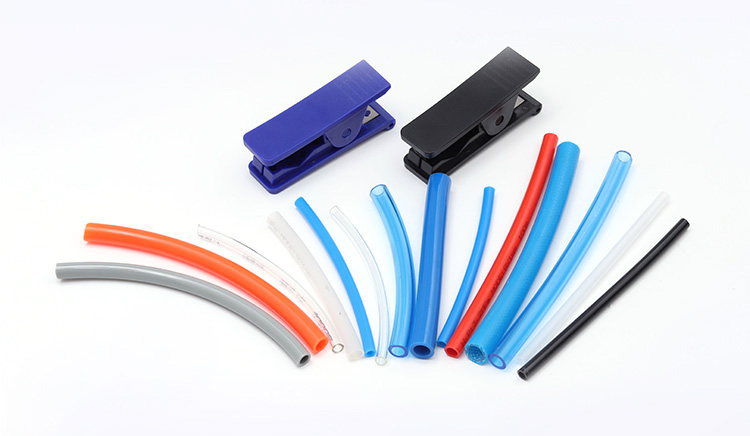
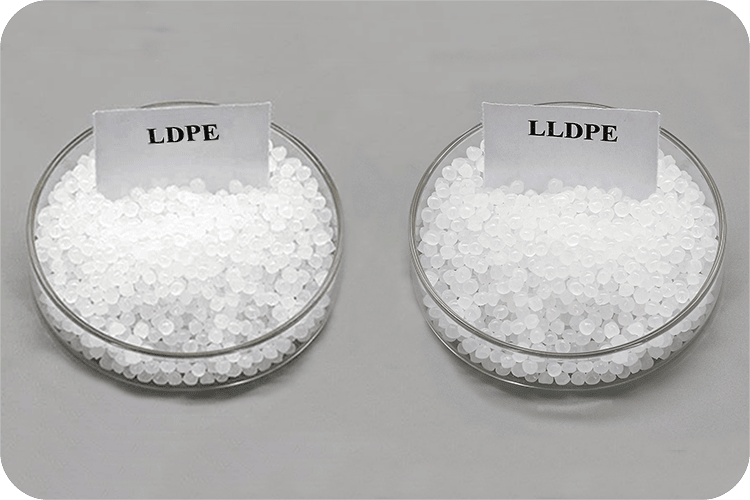
Jun 26, 2023 Blog
What Is The Difference Between LLDPE And LDPE?
Jan 17, 2023 Blog
What Are The Classification Of Plastics?Links: www.fescolo.com(Pneumatic)
FOKCA ©1998-2025 All Rights Reserved Sitemap